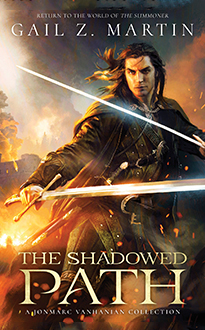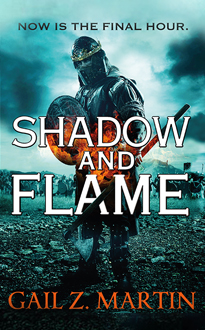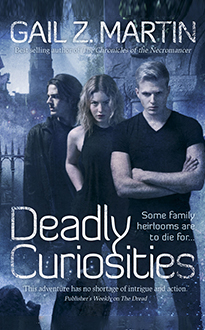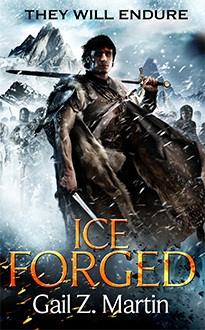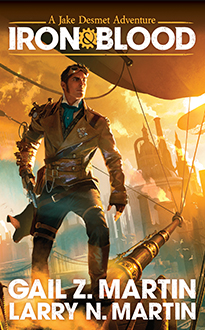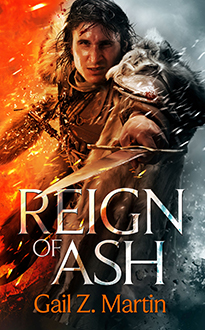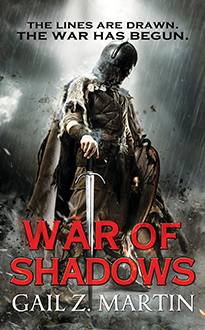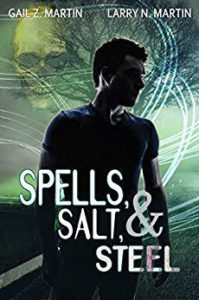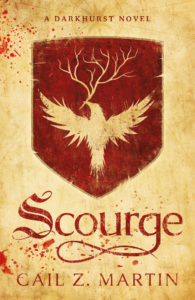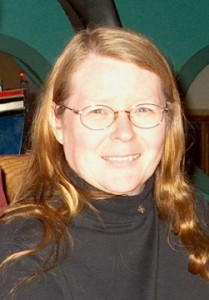 1. What is the title of your newest book or short story? What’s it about? Where can readers find it?
1. What is the title of your newest book or short story? What’s it about? Where can readers find it?
The title of my newest short story is “Rumble the Dragon,” which appears in the anthology A Tall Ship, a Star, and Plunder from Dark Oak Press.
When Vikings steal a sacred chalice, a misfit dragon named Rumble must find and recover it before the Vikings endanger mankind.
A Tall Ship, a Star, and Plunder is available in e-book, paperback, and hardback formats from Amazon.com and Barnes & Noble.
2. What inspired your new book or story?
Last spring, one of my readers told me about an open submission call for a pirate anthology. Since I’m a historical novelist who has written non-fiction articles about maritime piracy for more than a decade, this story call sounded perfect. I knew most people would write about Caribbean piracy during the 17th into the early 18th century – what is known as the golden age of piracy and the one most people are familiar with (think Jack Sparrow or Blackbeard and you’ve got the correct time period). Somewhat of a rebel at heart, though, I tend to favor other eras.
Dark Oak Media focuses on fantasy, dark fantasy, and steam punk, but I write straight historical fiction or historical romance. Being a member of the Historical Novel Society, I know there are many other subgenres to historical fiction, including historical fantasy. During my daily walks through the neighborhood, I struggled with how to step outside my comfort zone to write in this subgenre. It’s not that I don’t read fantasy; I do on occasion, but my preferences rarely follow elves and fairies. So what fantastical creatures do I like? Dragons!
But what did I know about dragons? Not enough to fill a thimble. The first book I ordered for my research library proved a truly piratical treasure chest. Ciruelo’s The Book of the Dragon provided all sorts of inspirational gems for an author in search of ideas. One of my favorite jigsaw puzzles, “Confabulation of Dragons” by Scott Gustafson, offered another. In this picture three young women visit a host of dragons. One lady carries a crosier with a dragon head carved on it; she served as a model for the Welsh woman in my story who is a dragon keeper.
Several more walks through the neighborhood provided me with a coming-of-age dragon named Rumble. Born of an earth dragon and a water dragon, Rumble is a misfit who only wants to belong. Now that I had my main character, I needed a time period when dragons and pirates might co-exist. Having just finished reading James L. Nelson’s Fin Gall, a novel set in Viking Ireland, I thought of the drakkar, the dragon warships of the Norsemen who plundered their way through the British Isles and many other regions of Europe. Thus “Rumble the Dragon” was born.
3. Who are your favorite fictional characters – your own, and from other books, TV shows and movies?
From my own works, Rumble is first on the list, although I tend to like whichever characters I’m working with in my current work-in-progress.
Isaac Bell and Stone Barrington are two favorite characters that appear in books written by Clive Cussler and Stuart Woods, respectively. Another favorite is Louis L’Amour’s Texas Ranger, Chick Bowdrie.
My favorite TV characters are those on “Castle” and “Murder She Wrote.” In film, it would have to be Captain Blood, particularly when played by Errol Flynn.
4. What do you read for fun?
When I read for pleasure, I usually pick a thriller or contemporary romantic suspense. Sometimes I’ll pick up a historical novel in a time period or setting I’d prefer reading about rather than writing.
5. Was there a book you read in your childhood or teen years that changed your world? Tell us which book and how it made a difference for you.
My mom introduced me to the world of historical fiction when she suggested I read a favorite story from her childhood, Marie McSwigan’s Snow Treasure. That story ignited my passion for reading and when I decided to write a novel many years later, I had no trouble picking a genre – historical fiction.
Two other stories that impacted my life were Ann McGovern’s Wanted Dead or Alive and a story about a cocker spaniel named Rusty. McGovern’s book told the story of Harriet Tubman, who became a role model. Her ability to overcome adversity and help others really inspires me even today. Although I don’t recall the title of the dog story, I fell in love with Rusty. When my dad asked me what kind of dog I wanted, I said a rust-colored cocker spaniel. It took us awhile, but we finally found one, and, of course, I named him Rusty.
Click here to listen to a special reading on our sister site.

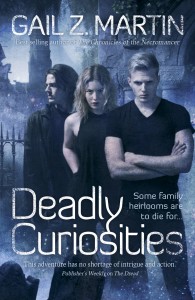
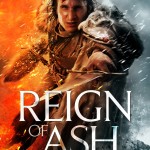
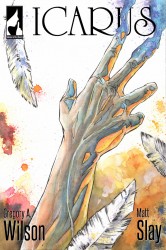
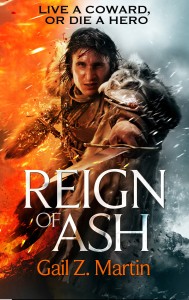

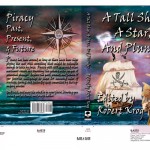
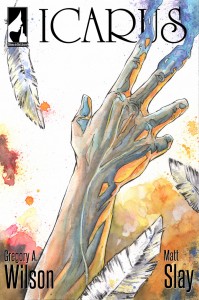
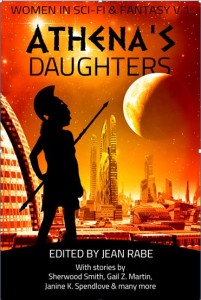
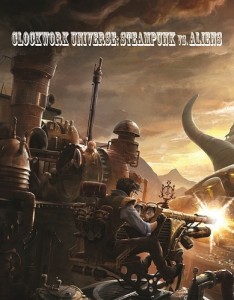
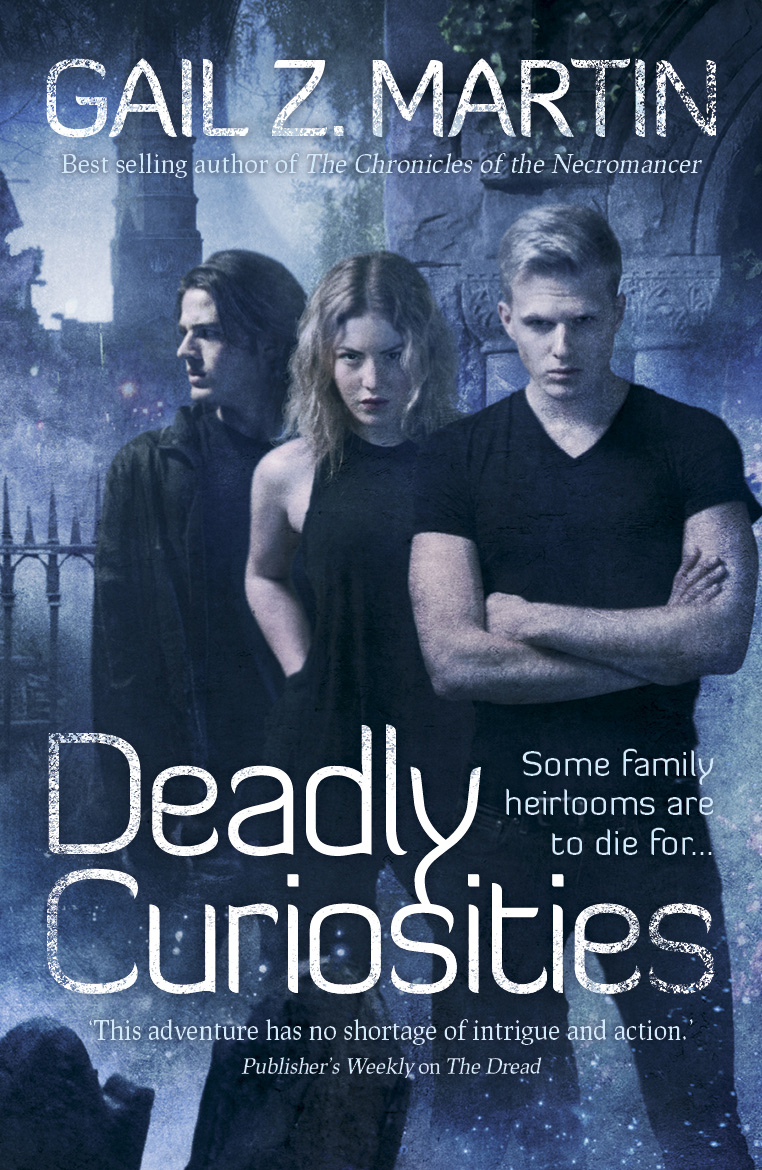 by Gail Z. Martin
by Gail Z. Martin

